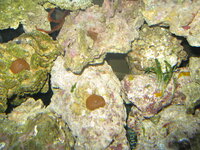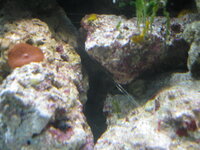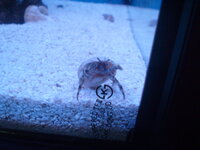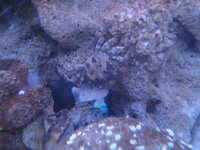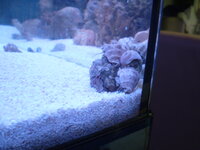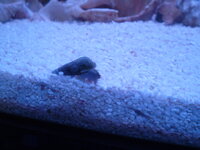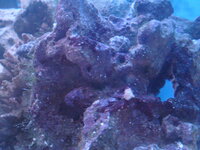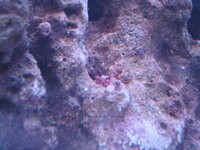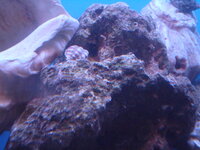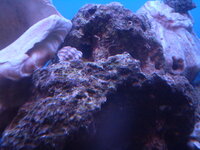- Joined
- Jul 18, 2009
- Messages
- 81
Here's a link I found that talks about nitrates in tanks.
Advanced Aquarist
it suggests that water changes may not be the best way to combat nitrates... R/O would solve this of course...
it also suggests other methonds such as macro algae , deep sand bed. some filters. skimming... easy enough. and other stuff...
the only ones I could see my self doing would be the R/O, which I plan on getting eventually. skimming. and the macro algae/turf algae....
anyone know how well macro algae works with nitrates? and what sort of macro algae would go with my octo/(currently)hermit tank?
Advanced Aquarist
it suggests that water changes may not be the best way to combat nitrates... R/O would solve this of course...
it also suggests other methonds such as macro algae , deep sand bed. some filters. skimming... easy enough. and other stuff...
the only ones I could see my self doing would be the R/O, which I plan on getting eventually. skimming. and the macro algae/turf algae....
anyone know how well macro algae works with nitrates? and what sort of macro algae would go with my octo/(currently)hermit tank?

